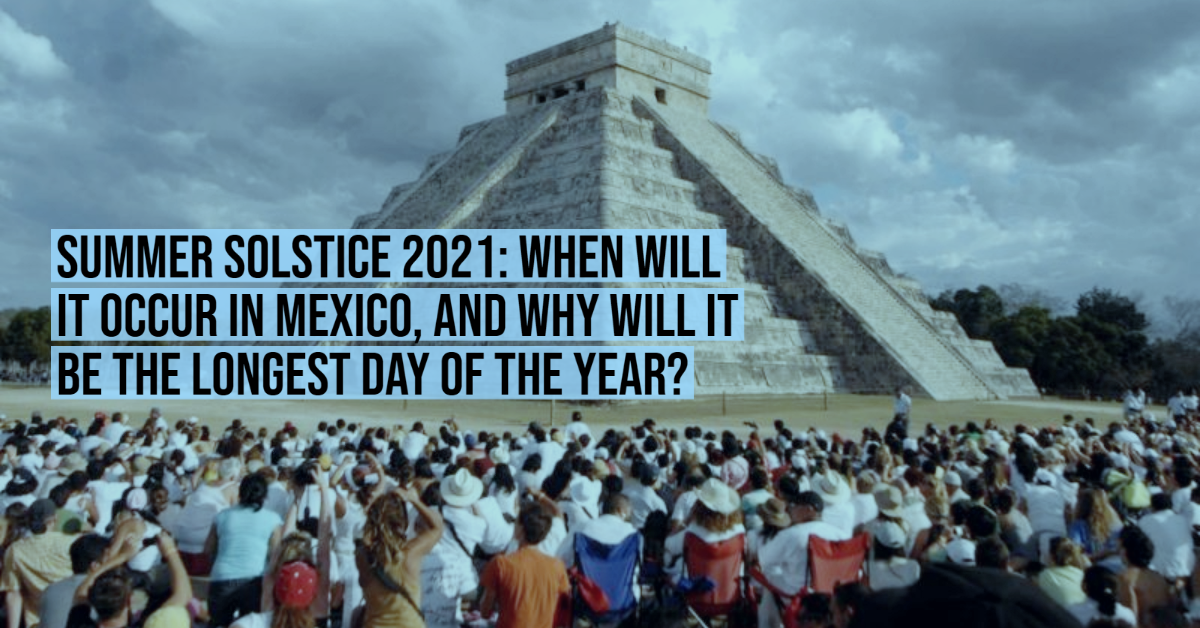In Mexico, June 20 will be the longest day of the year and also the shortest night. And it is that on that date the summer solstice will take place in the northern hemisphere, an astronomical phenomenon that will end spring and mark the beginning of the new season.
According to the Institute of Astronomy of the National University of Mexico (UNAM), the astronomical event will take place specifically at 9:32 p.m. central time.
Due to the inclination of the Earth's axis, that day the north pole of our planet will be . . .






